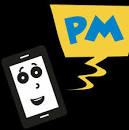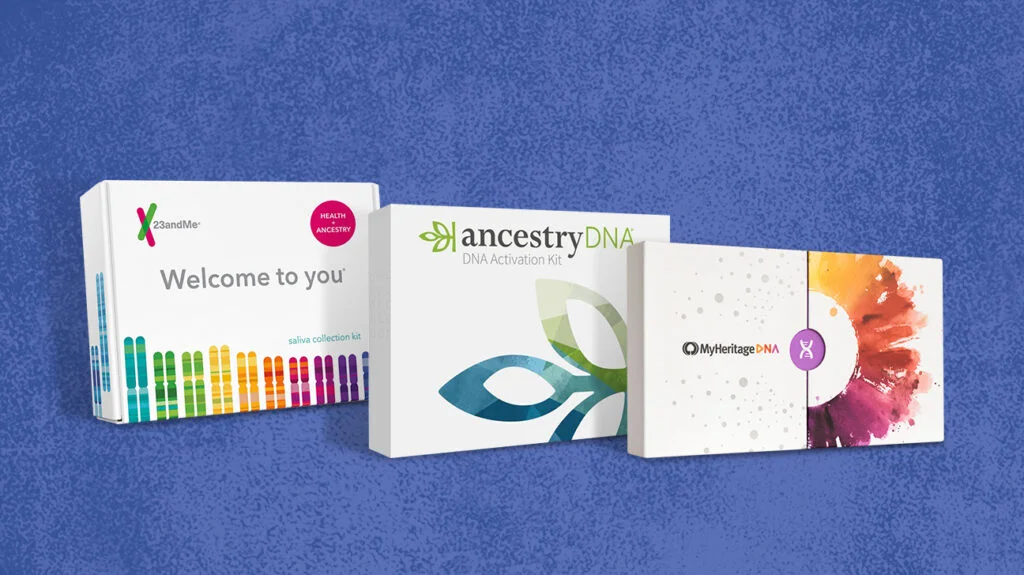Preparing for childbirth is a crucial part of ensuring a smooth and positive experience. Developing a well-informed birth plan allows you to understand your pain relief options, their benefits, and potential risks. By educating yourself early, you can make the best decision for you and your family. In this comprehensive guide, we explore various pain relief methods during labor, with insights from Bayhealth Anesthesia Specialist Akshatha S. Kamath, MD.

Understanding Pain Relief Options in Childbirth
Every woman’s childbirth experience is unique, and pain relief preferences vary. It’s essential to understand your options, have a primary choice in mind, and consider a backup plan for unforeseen situations.
1. Epidural Anesthesia: The Most Effective Pain Relief Option
Epidural anesthesia is one of the most popular and effective methods for managing labor pain. This procedure involves placing a thin plastic catheter tube near the nerves that carry pain signals to the spinal cord. The medication administered through this catheter numbs the lower body, providing significant pain relief.
Benefits of Epidural Anesthesia:
- Highly effective pain relief during labor.
- Can be adjusted for continuous comfort throughout childbirth.
- Facilitates a seamless transition to stronger anesthesia if an emergency cesarean section (C-section) becomes necessary.
Risks of Epidural Anesthesia:
Although epidurals are generally safe, rare complications may arise:
- Severe headaches (1 in 500 cases).
- Failed pain relief (1 in 10 to 1 in 50 cases).
- Complications from excessive medication (1 in 4,000 to 1 in 5,000 cases).
- Serious risks like spinal hematoma causing paralysis are extremely rare (1 in 750,000 to 1 in a million).
2. Nitrous Oxide (NOX): The Quick-Acting Solution
Nitrous oxide, often referred to as “laughing gas,” is a gas and oxygen mixture inhaled during labor. It rapidly decreases pain awareness, providing temporary relief.
Advantages of Nitrous Oxide:
- Can be administered at any point during labor.
- Provides immediate effects for short-term pain management.
Disadvantages of Nitrous Oxide:
- Less effective than epidural anesthesia.
- Rarely used in the United States due to limited availability and effectiveness concerns.
3. TENS (Transcutaneous Electrical Nerve Stimulation) Device
The TENS device is a small machine that emits low-voltage electric impulses, promoting muscle relaxation and distracting from contraction pain.
Pros of TENS Device:
- Drug-free method with no side effects.
- Provides comfort during early labor stages.
Cons of TENS Device:
- Less effective for intense labor pain.
- Requires correct placement to achieve optimal results.
4. Pudendal Block: Focused Pain Relief for Delivery
A pudendal block is an injection of numbing medication into the cervix area, reducing pain during the delivery stage.
Advantages of Pudendal Block:
- Fast-acting relief for the final stages of labor.
- Useful in cases where other methods may not be suitable.
Disadvantages of Pudendal Block:
- Limited to pain relief during the pushing phase.
- Does not alleviate labor pain before delivery.
Evaluating the Benefits vs. Risks of Pain Relief Methods
Choosing the best pain relief method requires weighing the benefits against the potential risks. Epidurals, for instance, offer unmatched pain control and provide a smoother transition if a C-section becomes necessary. Since the catheter remains in place, stronger numbing medication can be administered without requiring general anesthesia. This minimizes the risks associated with emergency procedures.
Conversely, alternative methods like nitrous oxide or TENS devices may offer convenience and fewer side effects but often provide less effective pain relief compared to epidurals.
Consulting with Your Healthcare Provider
Your choice of pain relief should align with your medical history, labor preferences, and comfort level. Consulting your OBGYN or midwife ensures you understand the available options and their implications. Preparing in advance enables you to create a well-informed birth plan that prioritizes your safety and comfort.
Frequently Asked Questions:
1. What is the most effective pain relief during childbirth?
Epidural anesthesia is widely considered the most effective method for pain relief during labor. It provides consistent pain management and can be adjusted as needed.
2. Is nitrous oxide safe during labor?
Yes, nitrous oxide is generally safe during labor. However, it is less effective than an epidural and is not widely used in the United States.
3. Can I combine pain relief methods during childbirth?
Yes, some women choose to use multiple pain relief methods, such as starting with a TENS device in early labor and transitioning to an epidural later for stronger pain management.
4. Are there risks involved with epidural anesthesia?
While epidurals are generally safe, potential risks include headaches, incomplete pain relief, or complications from excessive medication. Severe complications are extremely rare.
5. When should I discuss pain relief options with my doctor?
It’s best to discuss pain relief options with your OBGYN or midwife early in your pregnancy. This allows you to understand the available choices and create a birth plan that suits your needs.




